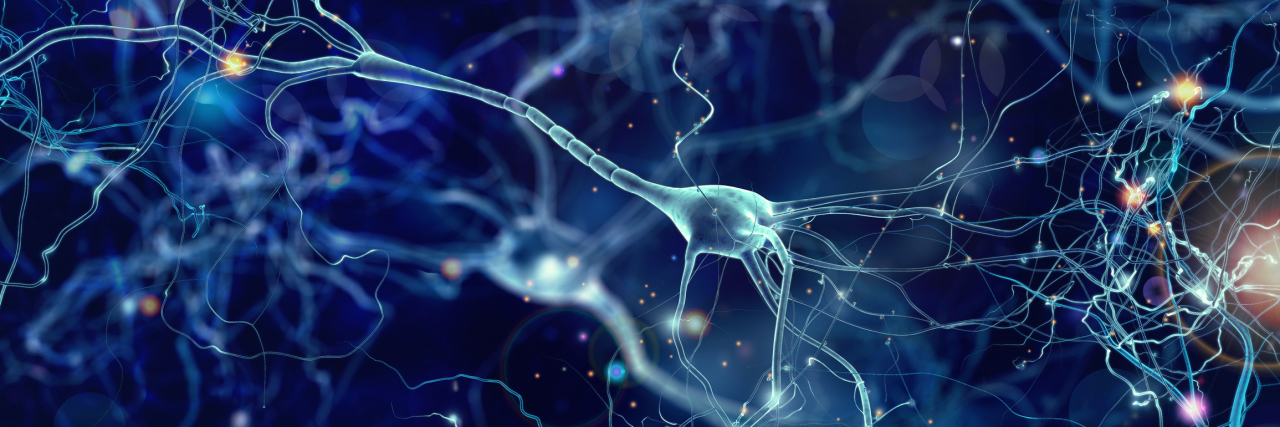Dementia is the umbrella term for a decline in mental ability severe enough that it impacts everyday life. It is caused by several conditions including Alzheimer’s disease, however, new research indicates that some thought to have Alzheimer’s disease may, in fact, have a different condition. Experts have identified a new type of dementia that mimics the features of Alzheimer’s disease but is caused by a different mechanism in the brain.
In a report published Tuesday in the journal Brain, scientists defined and recommended diagnostic criteria for the “new” disease for the first time. It’s called limbic-predominant age-related TDP-43 encephalopathy (LATE), and causes similar symptoms as Alzheimer’s disease, though it progresses slower. LATE’s distinguishing feature is a misfolded protein in the brain called TDP-43, rather than the beta-amyloid “plaques” and tau “tangles,” two other proteins found in the brain, that characterize Alzheimer’s disease.
Using autopsy studies, the report found that 25% of brains over age 85 showed signs of the disease severe enough to be associated with noticeable cognitive impairment. So it’s possible many people may have been diagnosed with Alzheimer’s disease but actually had (or have) LATE.
The condition can only be diagnosed after death, via an autopsy. The report’s authors identified three stages of the disease in which TDP-43 could be detected: in the amygdala only, the amygdala and hippocampus, and finally the amygdala, hippocampus and middle frontal gyrus.
TDP-43 is already known to be associated with amyotrophic lateral sclerosis (ALS) and frontotemporal lobar degeneration as well as hippocampal sclerosis, the shrinking of the hippocampal region of the brain. This shrinkage affects learning and memory.
The study authors wrote that the public health impact of LATE is as large as Alzheimer’s, particularly in the “oldest old” age group. Learning more about the condition could help not only those who have it but also people with Alzheimer’s disease — some clinical trials for Alzheimer’s drugs may have failed because participants actually had LATE. It’s also possible for people to have both Alzheimer’s disease and LATE, and the progression of both together seems to cause a quicker decline than either would on its own.
“It is important to note that the disease itself is not new. LATE has been there all along, but we hope this report will enable more rapid advancement in research to help us better understand the causes and open new opportunities for treatment,” Nina Silverberg, director of the Alzheimer’s Disease Centers Program at the National Institute of Aging, told the National Institutes of Health news service.
According to the Alzheimer’s Association, 5.8 million Americans live with Alzheimer’s disease. Symptoms include difficulty remembering new information, memory loss, behavior changes, confusion about time and events, disorientation, wandering, and difficulty speaking, swallowing and walking. There are currently no medications that can cure or stop the disease progression, though a few may help reduce symptoms for a short time.
For more insight into dementia from the perspective of people living with the condition and caregivers, check out these stories:
Getty photo by whitehoune

